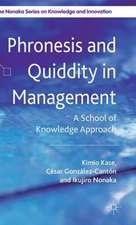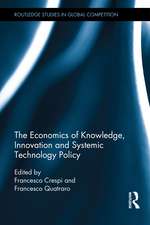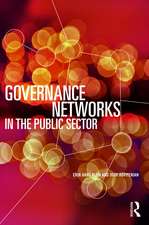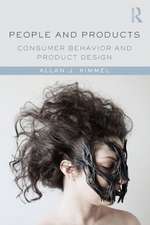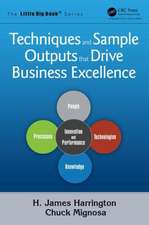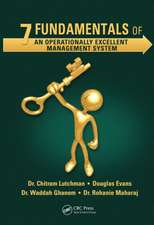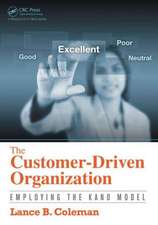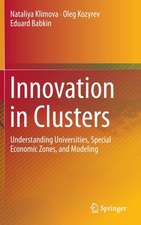R&d Productivity
en Limba Engleză Hardback
Preț: 346.51 lei
Nou
Puncte Express: 520
Preț estimativ în valută:
66.31€ • 72.01$ • 55.70£
66.31€ • 72.01$ • 55.70£
Tipărit la comandă
Livrare economică 22 aprilie-06 mai
Preluare comenzi: 021 569.72.76
Specificații
ISBN-13: 9780986152504
ISBN-10: 0986152501
Pagini: 150
Dimensiuni: 152 x 229 x 14 mm
Greutate: 0.45 kg
Editura: Gerald Dundon
ISBN-10: 0986152501
Pagini: 150
Dimensiuni: 152 x 229 x 14 mm
Greutate: 0.45 kg
Editura: Gerald Dundon

